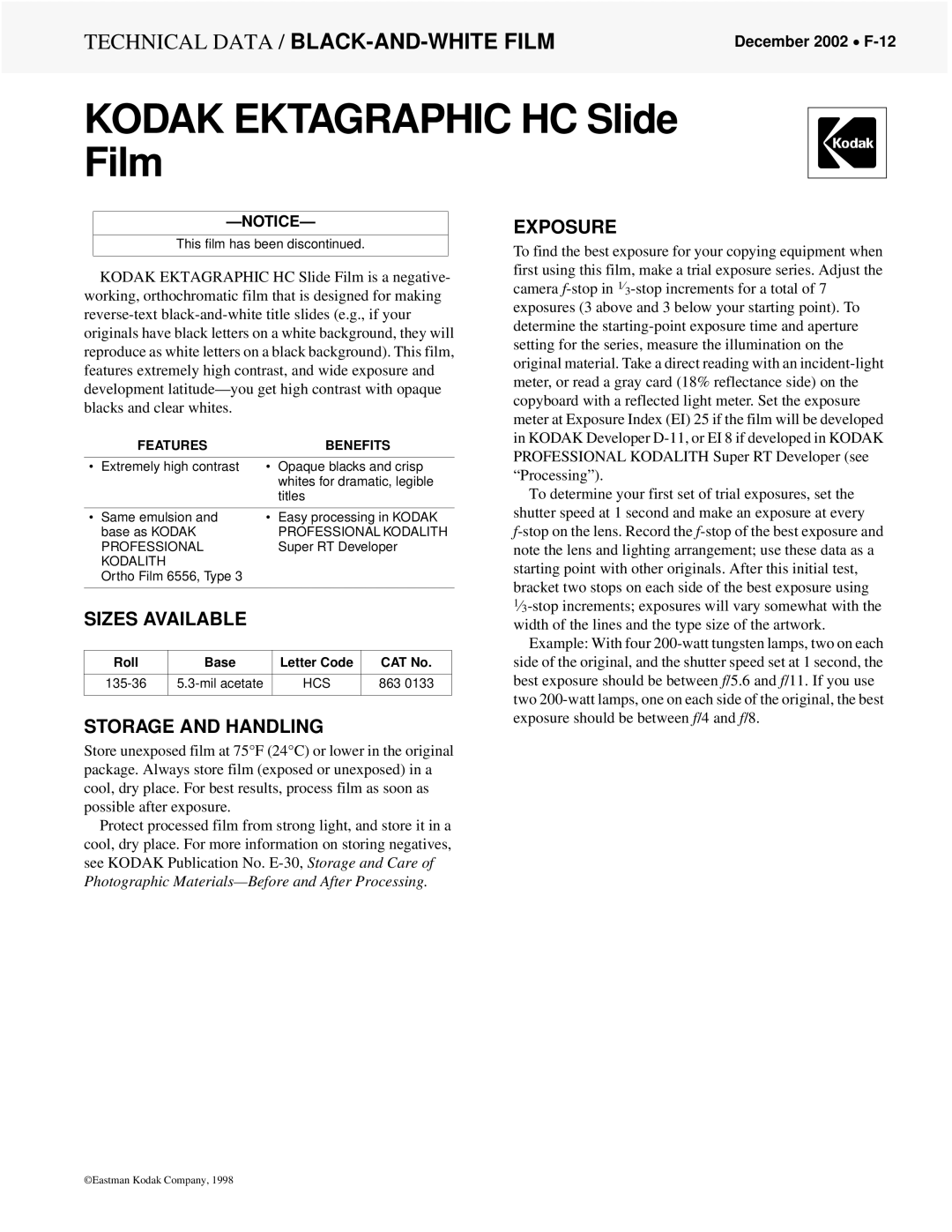F-12 specifications
The 2nd Ave F-12 is a remarkable advancement in urban transit technology, embodying efficiency, sustainability, and rider comfort. As part of a growing movement to modernize public transportation, the F-12 series has quickly garnered attention for its innovative design and reliable performance.One of the main features of the 2nd Ave F-12 is its sleek, aerodynamic exterior, designed to reduce air resistance and improve fuel efficiency. This design is not just about aesthetics; it aids in enhancing the overall speed and performance of the transit system. The vehicle is built with lightweight materials, allowing it to move swiftly through the urban landscape while consuming less energy compared to conventional models.
Technologically, the F-12 is equipped with cutting-edge electric propulsion systems that contribute to a significant reduction in carbon emissions. This eco-friendly approach is aligned with global efforts to combat climate change and promote sustainability. The vehicle is powered by high-capacity batteries, which can be recharged at designated stations throughout the network. This not only minimizes the vehicle's environmental footprint but also provides operational cost savings in the long run.
Another notable feature of the 2nd Ave F-12 is its advanced passenger information system. Riders benefit from real-time updates regarding schedules, route changes, and other critical information, delivered through digital displays located throughout the vehicle. This interactive system improves the overall transit experience, helping commuters plan their journeys with ease.
The interior of the F-12 emphasizes comfort and accessibility. It includes spacious seating arrangements, prioritizing both individual comfort and communal space. The layout is designed to accommodate passengers with disabilities, featuring designated areas for wheelchairs and strollers. Furthermore, the lighting is carefully considered, providing an inviting atmosphere that enhances the rider experience.
In terms of safety, the 2nd Ave F-12 incorporates multiple features, including advanced braking systems, collision avoidance technology, and surveillance cameras. These elements work together to ensure the safety of both passengers and operators, reassuring the public about their travel choices.
Overall, the 2nd Ave F-12 represents a forward-thinking approach to urban transit, combining sleek design, state-of-the-art technologies, and a commitment to sustainability. As cities continue to evolve, innovations like the F-12 will play a crucial role in shaping the future of public transportation, promoting not only efficiency but also a greener planet for generations to come.

